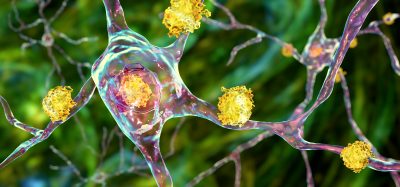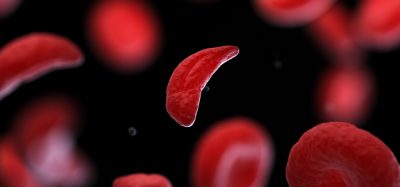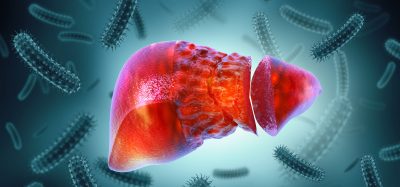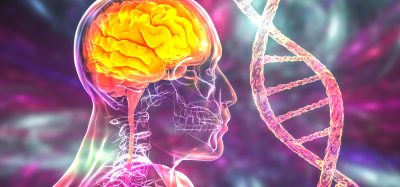Scientists discover therapeutic target that could treat glaucoma
Posted: 15 March 2023 | Ria Kakkad (Drug Target Review) | No comments yet
The researchers found restoring mitochondrial homeostasis in the diseased neurons could protect the optic nerve cells from being damaged from glaucoma.


Scientists from Indiana University School of Medicine, US, have identified a new therapeutic target that could lead to more effective treatment of glaucoma.
Glaucoma is a neurodegenerative disease that causes vision loss and blindness due to a damaged optic nerve. In a newly published paper in Communications Biology, researchers found neurons use mitochondria for a steady source of energy, and restoring mitochondrial homeostasis in the diseased neurons can protect the optic nerve cells from being damaged.
“Age-related neurodegenerative disease, which includes glaucoma, Parkinson’s disease, and amyotrophic lateral sclerosis (ALS), is the biggest global health problem,” said Dr Arupratan Das, principal investigator of the study. “The fundamental mechanisms that we discovered can be used to protect neurons in glaucoma and be tested for the other diseases. We have identified a critical step of complex mitochondrial homeostasis process, which rejuvenates the dying neuron.”
The research team used induced pluripotent stem cells (iPSCs) from patients with and without glaucoma as well as CRISPR engineered human embryonic stem cells with glaucoma mutation. Using stem cell differentiated retinal ganglion cells (hRGCs) of the optic nerve, electron microscopy and metabolic analysis, researchers identified glaucomatous retinal ganglion cells suffer mitochondrial deficiency with more metabolic burden on each mitochondrion. This leads to mitochondrial damage and degeneration.
However, the process could be reversed by enhancing mitochondrial biogenesis by a pharmacological agent. The team showed retinal ganglion cells are highly efficient in degrading bad mitochondria, but at the same time producing more to maintain homeostasis.
“Finding that retinal ganglion cells with glaucoma produce more adenosine triphosphate even with less mitochondria was astonishing,” Das said. “However, when triggered to produce more mitochondria, the adenosine triphosphate production load was distributed among more mitochondrion which restored the organelle physiology. It is similar to a situation where a heavy stone is carried by fewer people versus a greater number of people — each person will have less pain and injury, just like each mitochondrion will have less difficulty and damage.”
In the future, Das would like to test if these mechanisms protect the optic nerve in animal models under injury before testing in humans to hopefully lead to new clinical interventions.
Related topics
CRISPR, Disease Research, Drug Targets, Induced Pluripotent Stem Cells (iPSCs), Neurons, Stem Cells
Related conditions
Age-related neurodegenerative disease, Amyotrophic Lateral Sclerosis (ALS), Glaucoma, Parkinson's disease
Related organisations
Indiana University School of Medicine
Related people
Dr Arupratan Das








